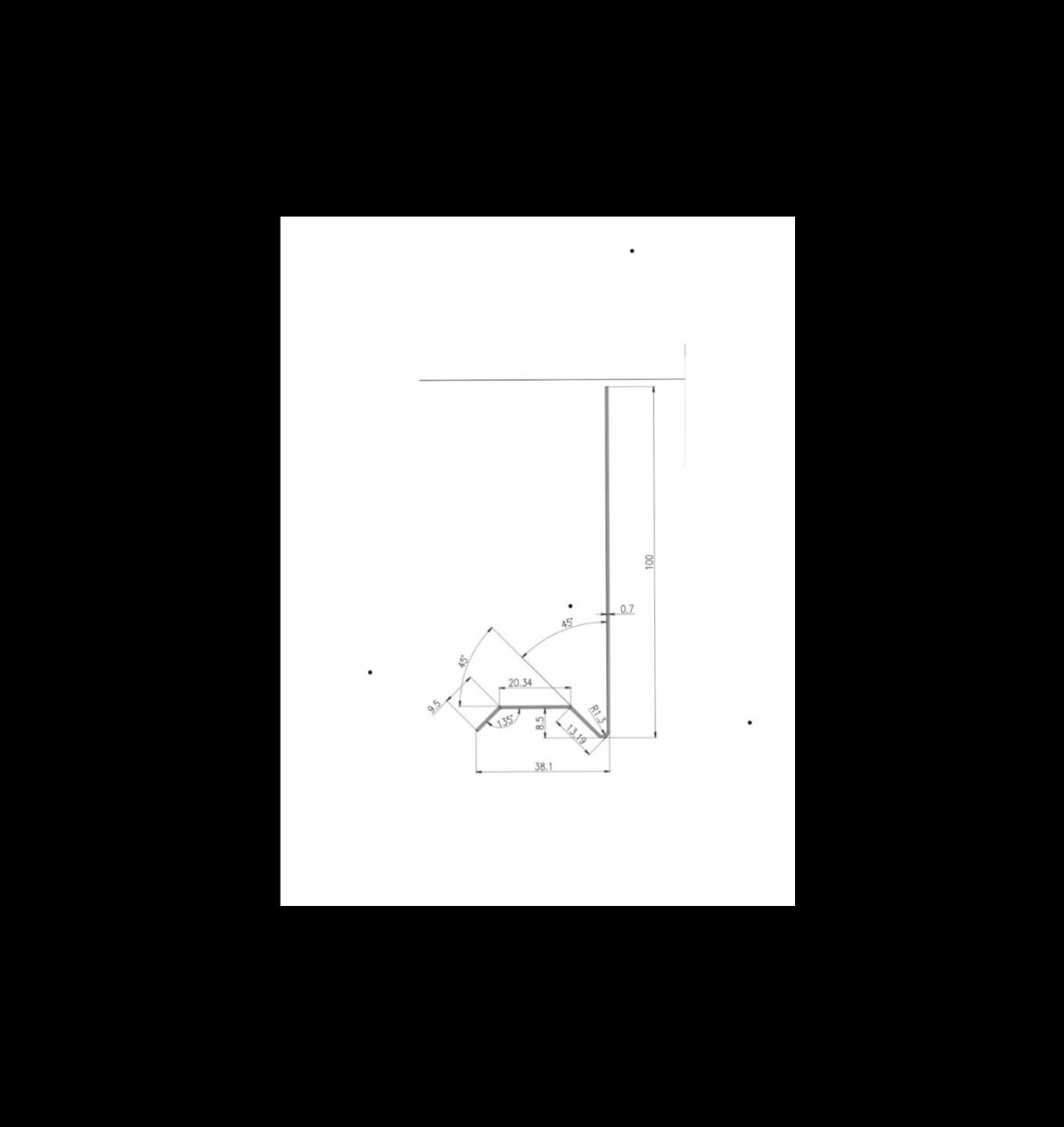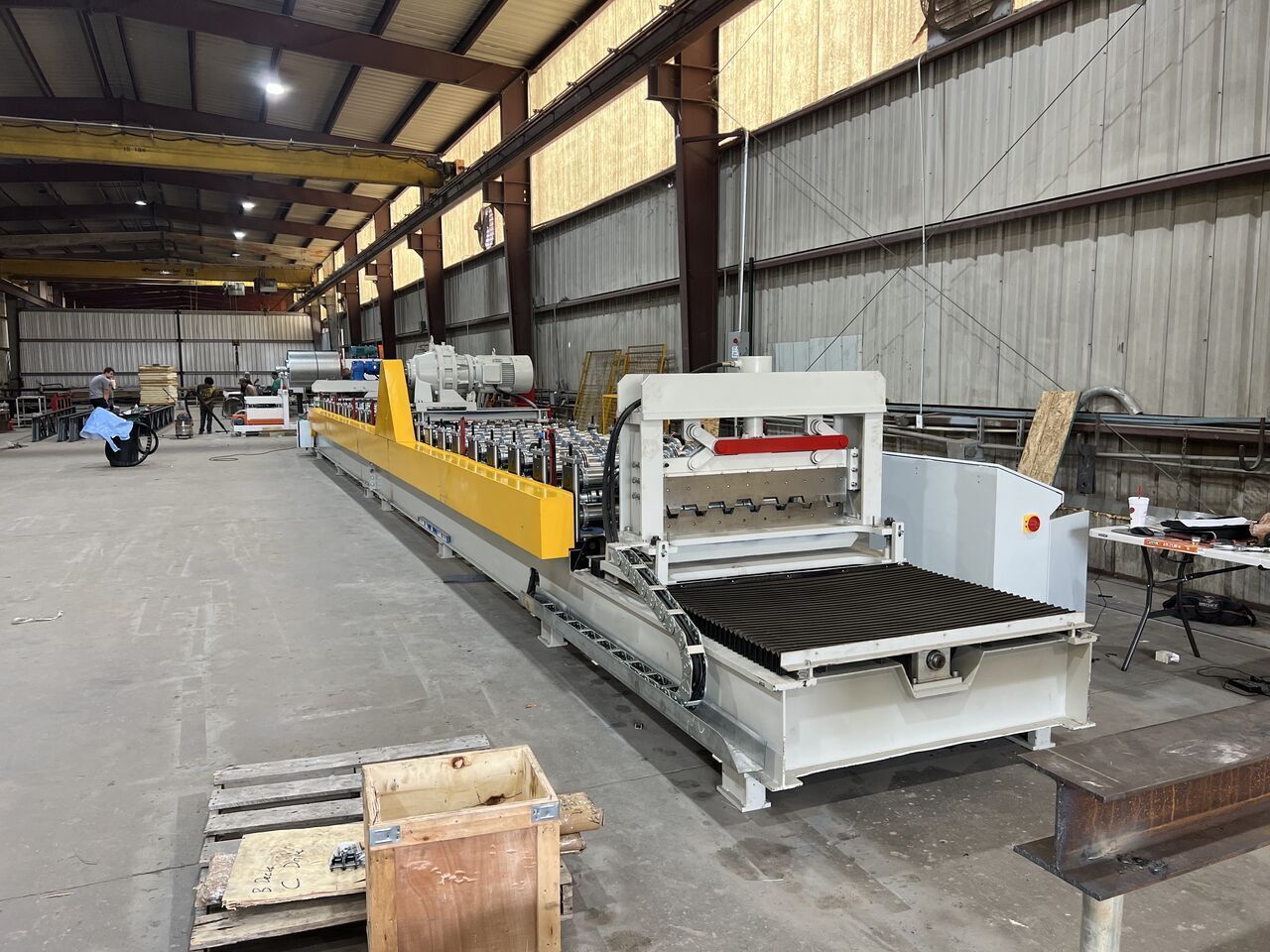
Shear blade surface grinding
Sharpen and restore the cutting surface of shear blades.
Posted on Thursday, May 25, 2023
Shear blade surface grinding is a process used to sharpen and restore the cutting surface of shear blades. Shear blades are used in various industrial applications, such as metal fabrication, cutting sheet metal, and trimming materials.
The shear blade surface grinding process - an overview
Preparation: Before grinding, the shear blades need to be properly prepared. This includes cleaning the blades to remove any debris or contaminants and inspecting them for any damage or wear that may require repairs or replacements.
Selecting the grinding equipment
Surface grinding machines are commonly used for shear blade grinding. These machines feature a grinding wheel that rotates at high speed and removes material from the blade's surface to restore its sharpness.
Grinding machine setup
The grinding machine is set up with the appropriate grinding wheel and fixtures to hold the shear blades securely during the grinding process. The grinding wheel is chosen based on the material and hardness of the shear blades.
Grinding process
The shear blades are mounted on the grinding machine, and the grinding wheel is brought into contact with the blade's cutting edge. The operator carefully controls the grinding process, moving the blade across the grinding wheel to remove a thin layer of material and create a new cutting edge. The grinding wheel is typically adjusted to achieve the desired angle and bevel on the shear blade.
Cooling and lubrication
During the grinding process, it is important to provide cooling and lubrication to prevent overheating and maintain the integrity of the shear blade. This can be done through the use of coolant or grinding oils that are applied to the grinding wheel or the shear blades.
Inspection and testing
After grinding, the shear blades are inspected to ensure that the desired sharpness, angle, and bevel have been achieved. They may also undergo testing to ensure proper cutting performance and precision.
It's important to note that shear blade surface grinding requires skilled operators with experience in using grinding equipment and knowledge of blade sharpening techniques. Precision and care are crucial to achieve the desired sharpness and cutting performance while maintaining the integrity of the shear blades.
Additionally, specific grinding techniques and equipment may vary depending on the type, size, and material of the shear blades being sharpened. Manufacturers and blade sharpening professionals may have their own specific processes and equipment preferences based on their expertise and requirements.
Why is it important to keep shear blades sharp?
Keeping shear blades sharp is crucial for several reasons:
- Cutting performance: Sharp shear blades ensure optimal cutting performance. Dull or blunt blades can result in uneven or jagged cuts, leading to poor quality and compromised productivity. Sharp blades provide clean and precise cuts, improving the overall efficiency of the cutting process.
- Reduced material damage: Dull blades tend to push and crush materials rather than cleanly cutting through them. This can cause material damage, such as deformation, bending, or tearing. Sharp blades minimize material damage, resulting in higher-quality finished products and reduced waste.
- Increased productivity: Sharp shear blades enable faster cutting speeds and reduced resistance during the cutting process. This leads to increased productivity as more cuts can be made in a given time frame. Improved cutting efficiency can significantly impact the overall production output.
- Extended blade life: When shear blades are kept sharp, they experience less wear and tear. Sharp blades distribute cutting forces more evenly, reducing stress on the blades and their supporting components. This helps extend the overall lifespan of the blades, resulting in cost savings by reducing the frequency of blade replacements.
- Operator safety: Dull or improperly maintained shear blades can pose safety hazards to operators. As dull blades require more force to cut through materials, there is an increased risk of accidents, such as kickbacks or blade slippage. Sharp blades reduce the need for excessive force, enhancing operator safety during the cutting process.
- Consistency and accuracy: Sharp shear blades contribute to consistent and accurate cuts. This is especially important when working on precision applications or when producing products with specific dimensional requirements. Maintaining sharp blades ensures that the desired measurements and tolerances are consistently achieved.
Are you looking for a high-quality, great value roll forming machine to enhance your business? Browse our range of get in touch with our expert team to help find the right machine for you today.
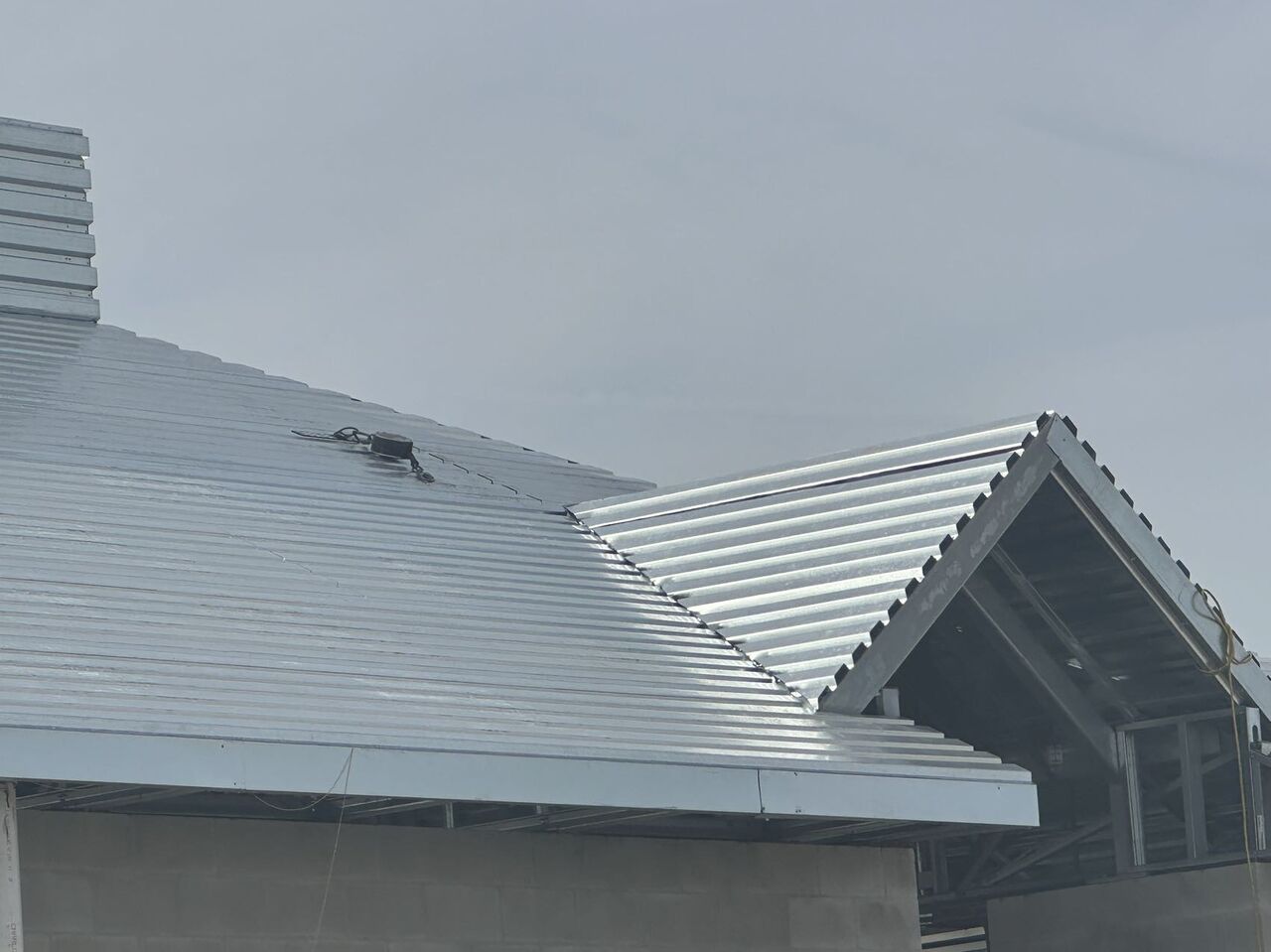
Posted on Thursday, January 4, 2024
B Deck is a common choice, there are other types of steel roof decks, such as A Deck, F Deck, and N Deck
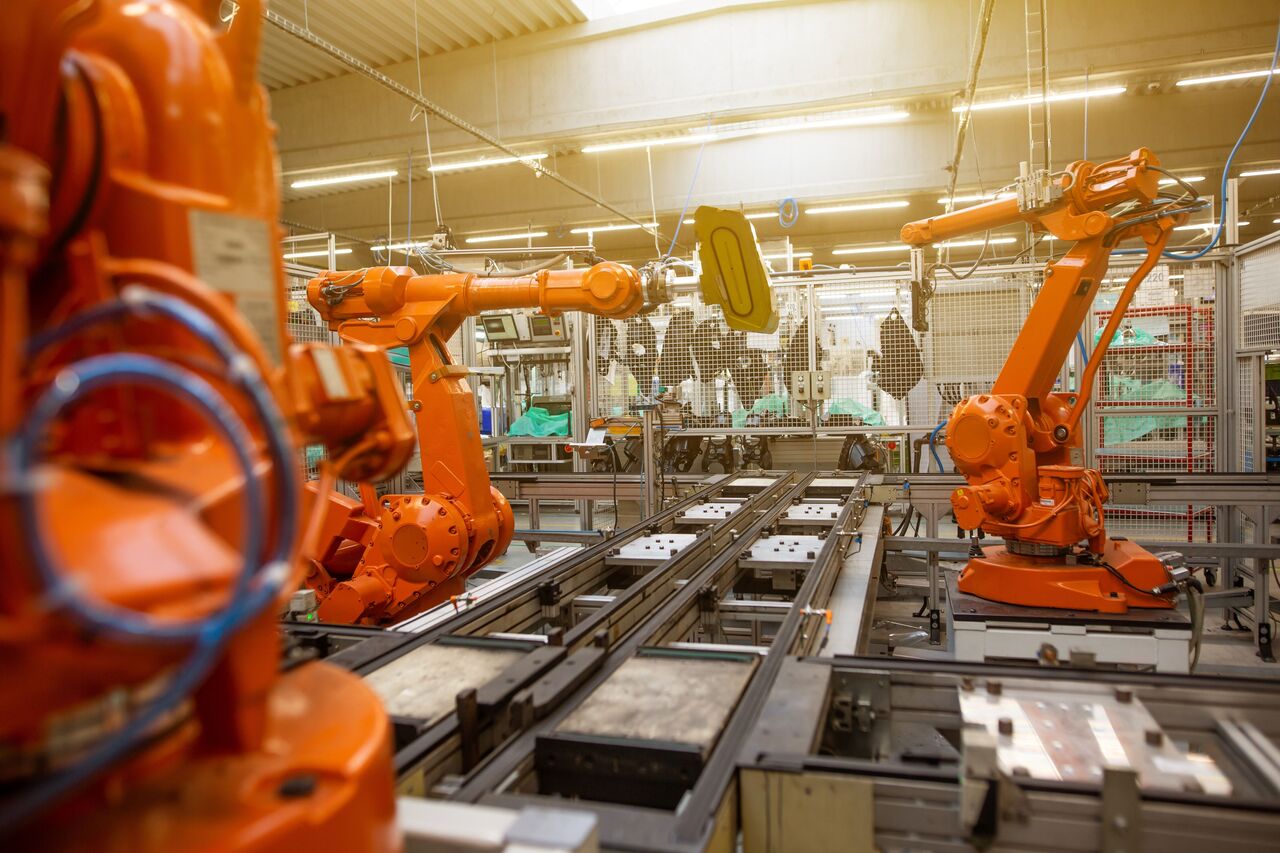
Robotics and AI in sheet metal forming
Posted on Thursday, December 7, 2023
Robotics and AI in sheet metal forming offers numerous benefits, including increased efficiency, improved product quality
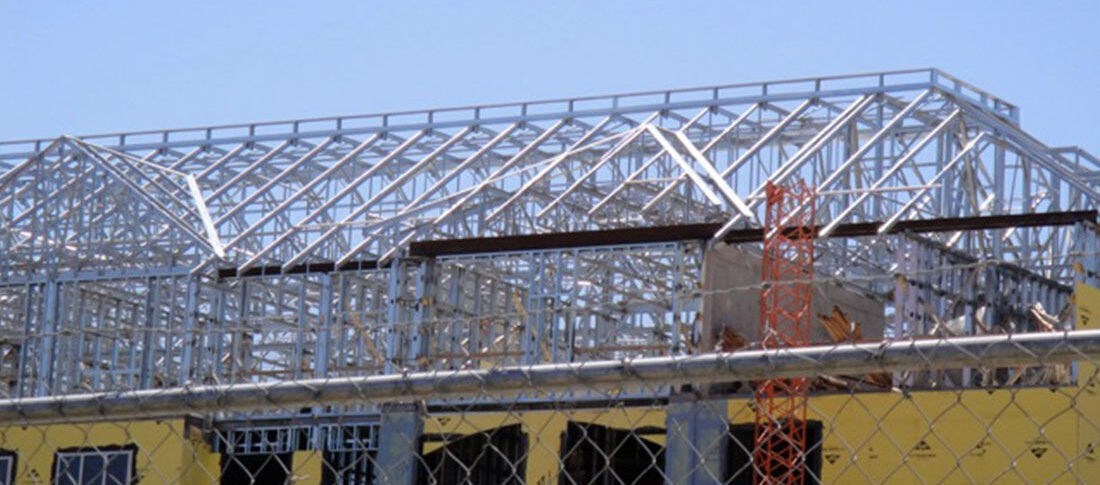
What is the history of roll forming machine?
Posted on Tuesday, November 28, 2023
Here is a brief history of the roll forming machine
